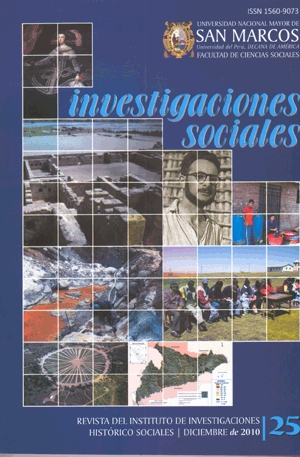The Nagayama’s Norio case: clues for a real juvenile justice
DOI:
https://doi.org/10.15381/is.v14i25.7323Keywords:
Death sentence, teen violence, human rights of children and adolescents.Abstract
In 1967, Japanese society was shocked when they knew the history and events leading to the arrest of a teenager named Norio Nagayama, who killed three people on a path of violence that reinforced the determination of the death penalty, valid option then and even now for the Japanese’s government as a fair resolution to cases as serious as murder. Being responsible for the murders at the time of having committed a teenager and taking into perspective the history and sentence executed today, it’s worth to question about the validity of human rights of children and adolescents in semi prison sentences or prison and the use of violence to solve teen violence This article proposes the analysis of an emblematic case of the death penalty sentence for a teenager, preparing guidelines for social and judicial practice with populations of adolescents in conflict with the law, the ultimate solution, and paragraphs of the death penalty is exposed as a contradiction of humanitarian solution, responsible, systematic based on human rights.Downloads
Published
Issue
Section
License
Copyright (c) 2010 Jorge García Escobar

This work is licensed under a Creative Commons Attribution-NonCommercial-ShareAlike 4.0 International License.
AUTHORS RETAIN THEIR RIGHTS:
a. Authors retain their trade mark rights and patent, and also on any process or procedure described in the article.
b. Authors retain their right to share, copy, distribute, perform and publicly communicate their article (eg, to place their article in an institutional repository or publish it in a book), with an acknowledgment of its initial publication in Investigaciones Sociales.
c. Authors retain theirs right to make a subsequent publication of their work, to use the article or any part thereof (eg a compilation of his papers, lecture notes, thesis, or a book), always indicating the source of publication (the originator of the work, journal, volume, number and date).






